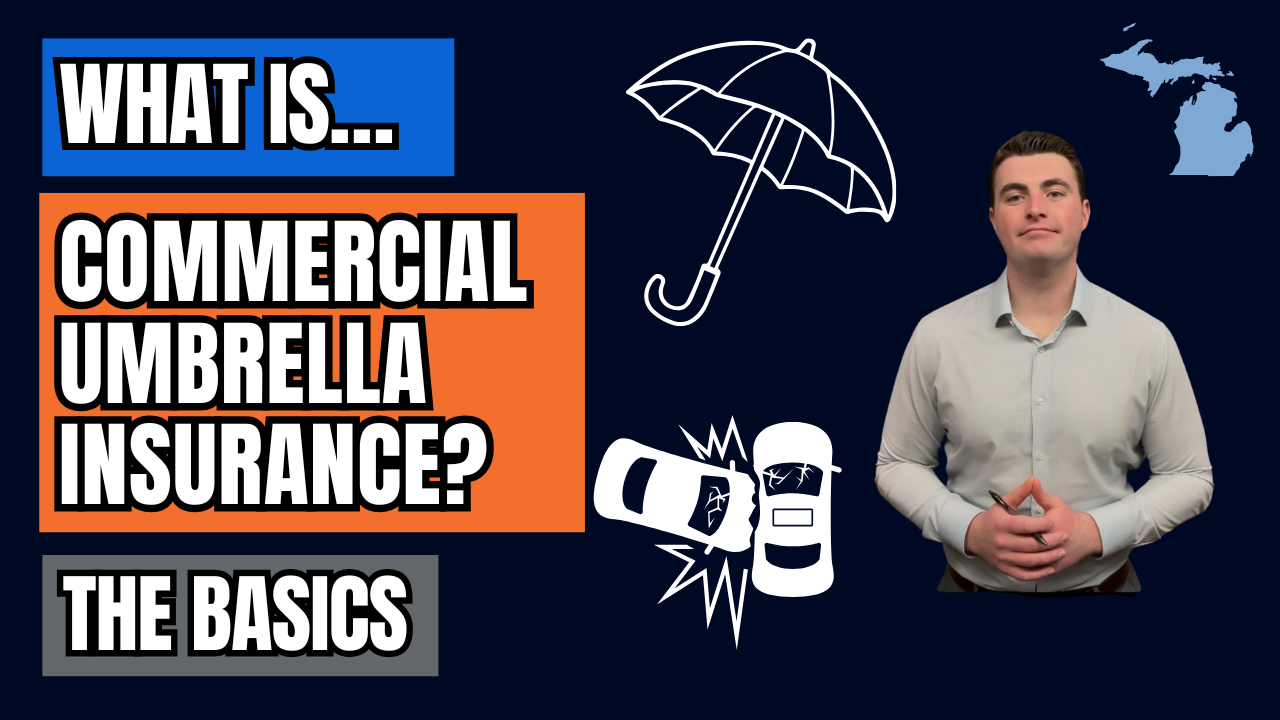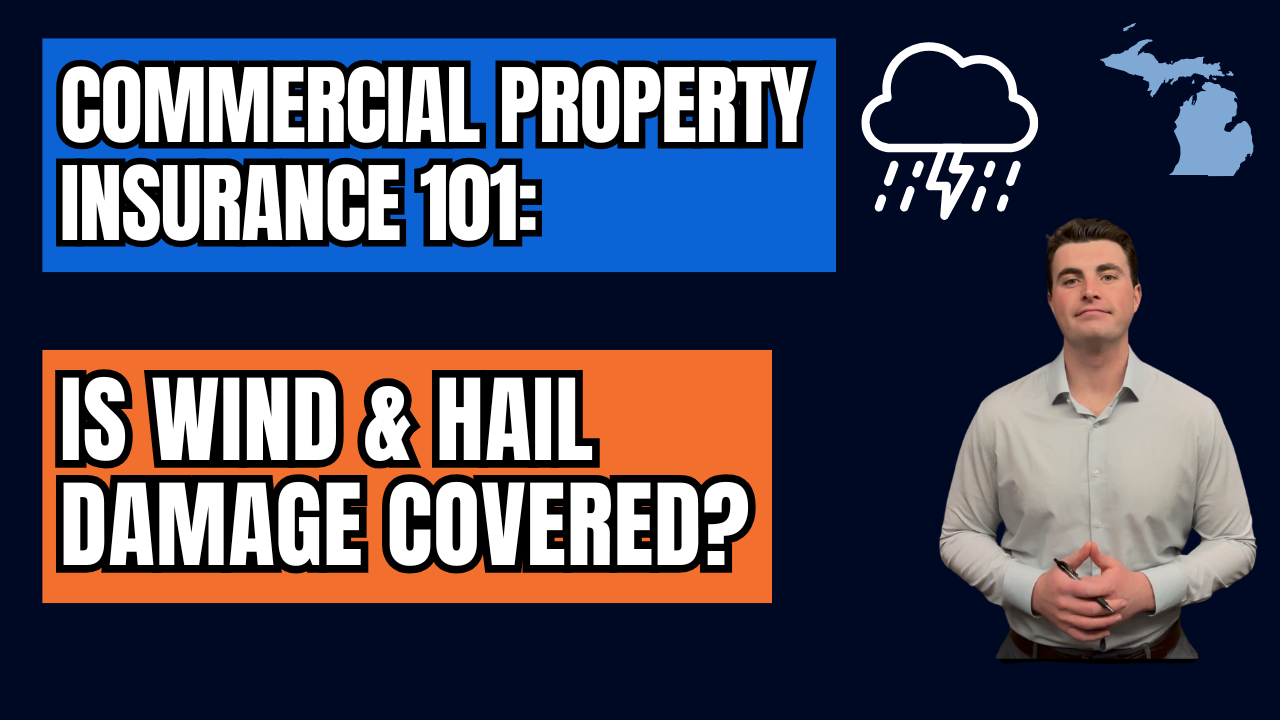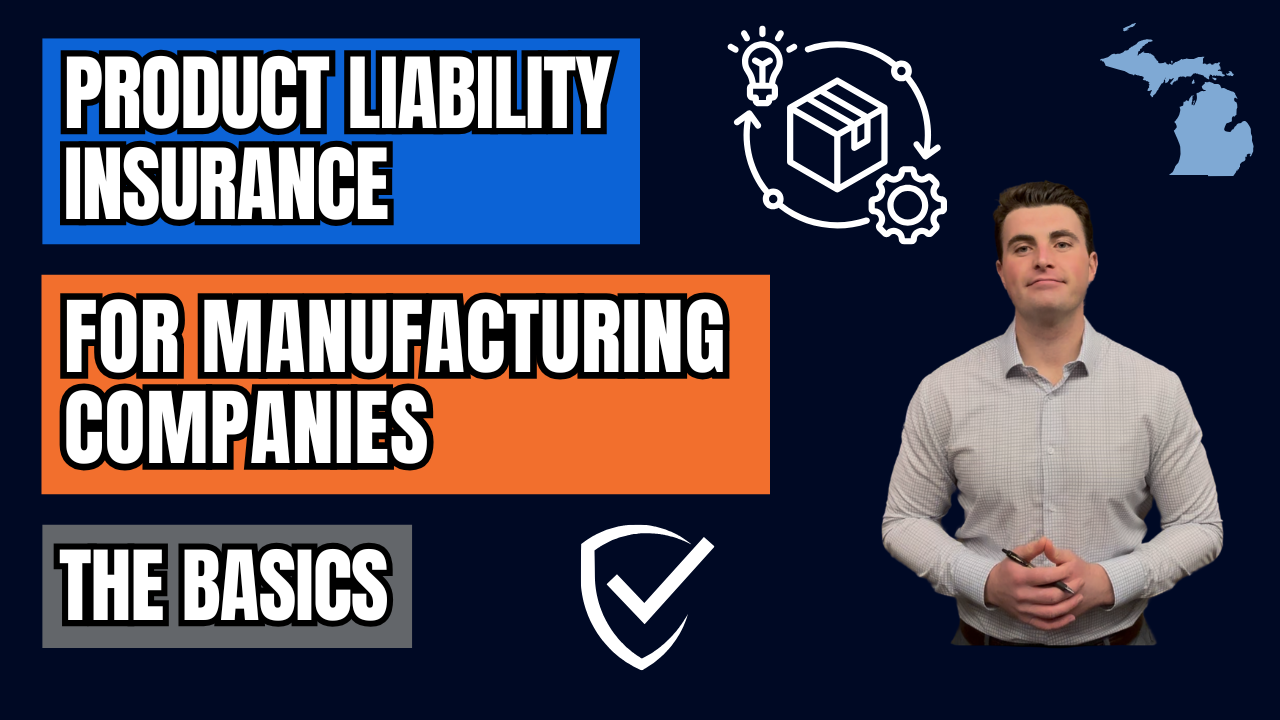How To Comply With Cisco’s Insurance Requirements? (Basic Guide for Businesses)
How To Comply With Cisco’s Insurance Requirements? (Basic Guide for Businesses)
If your business plans to work with Cisco, it’s essential to meet their strict insurance requirements. These requirements are in place to protect both Cisco and your business from a range of financial and legal risks. In this post, we’ll break down Cisco’s current insurance guidelines and explain how your company can comply.
Cisco’s official insurance requirements document can be found here.
Required Insurance Coverages
To comply with Cisco’s insurance standards, your business must maintain several key coverages, often with high liability limits. Here’s a breakdown:
1. General Liability Insurance
Cisco requires:
- $5 million per occurrence
- $5 million in the annual aggregate
This policy must include:
- Bodily injury and property damage liability
- Personal and advertising injury
- Products liability – protection against defective products causing harm
2. Workers’ Compensation and Employers’ Liability
- Must meet statutory requirements in all applicable states
- Employers’ liability limit must be at least $1 million
3. Errors and Omissions (E&O) / Professional Liability Insurance
- Minimum: $5 million per occurrence and aggregate
- Covers financial losses from professional mistakes or failure to deliver services as promised
4. Cyber Liability Insurance
- Minimum: $5 million per claim and in aggregate
- Covers costs related to data breaches, ransomware, and other cyber threats
You can combine your E&O and Cyber coverage into one Technology Errors & Omissions policy, as long as the combined policy meets the $5 million limit.
Steps to Get Compliant
1. Review Your Current Policies
Audit your existing insurance coverage. Check:
- Are your limits high enough?
- Do your policies include the specific coverages Cisco requires?
2. Verify Your Insurance Carrier’s Financial Rating
Your policies must be placed with a carrier that holds at least an A- rating from A.M. Best. This ensures the insurer is financially stable.
3. Consult Your Insurance Agent
Work with a knowledgeable agent who understands Cisco’s insurance requirements. They can help:
- Adjust or upgrade your coverage
- Avoid gaps
- Bundle policies where appropriate
4. Provide Certificates of Insurance
Cisco will require proof of coverage. Be prepared to submit up-to-date Certificates of Insurance (COIs) as part of your vendor documentation.
5. Stay Updated
Cisco’s requirements may evolve over time. Periodically review your contracts and verify insurance compliance to avoid disruptions in your business relationship.
Why Compliance Matters
Meeting Cisco’s insurance requirements isn’t just about checking boxes—it’s about:
- Protecting your business from major liability exposures
- Maintaining eligibility to work with one of the world’s largest tech companies
- Demonstrating professionalism and risk management
Failing to comply could lead to contract delays, disqualification, or financial exposure from uncovered claims.
Final Thoughts
If your business is pursuing a partnership or vendor relationship with Cisco, don’t overlook their insurance requirements. These high-limit policies are a core part of doing business with enterprise-level clients.
📞 Need help reviewing or upgrading your insurance to meet Cisco’s requirements? Contact us today — we specialize in helping businesses navigate complex commercial insurance needs.
Contact Us
We will get back to you as soon as possible.
Please try again later.









